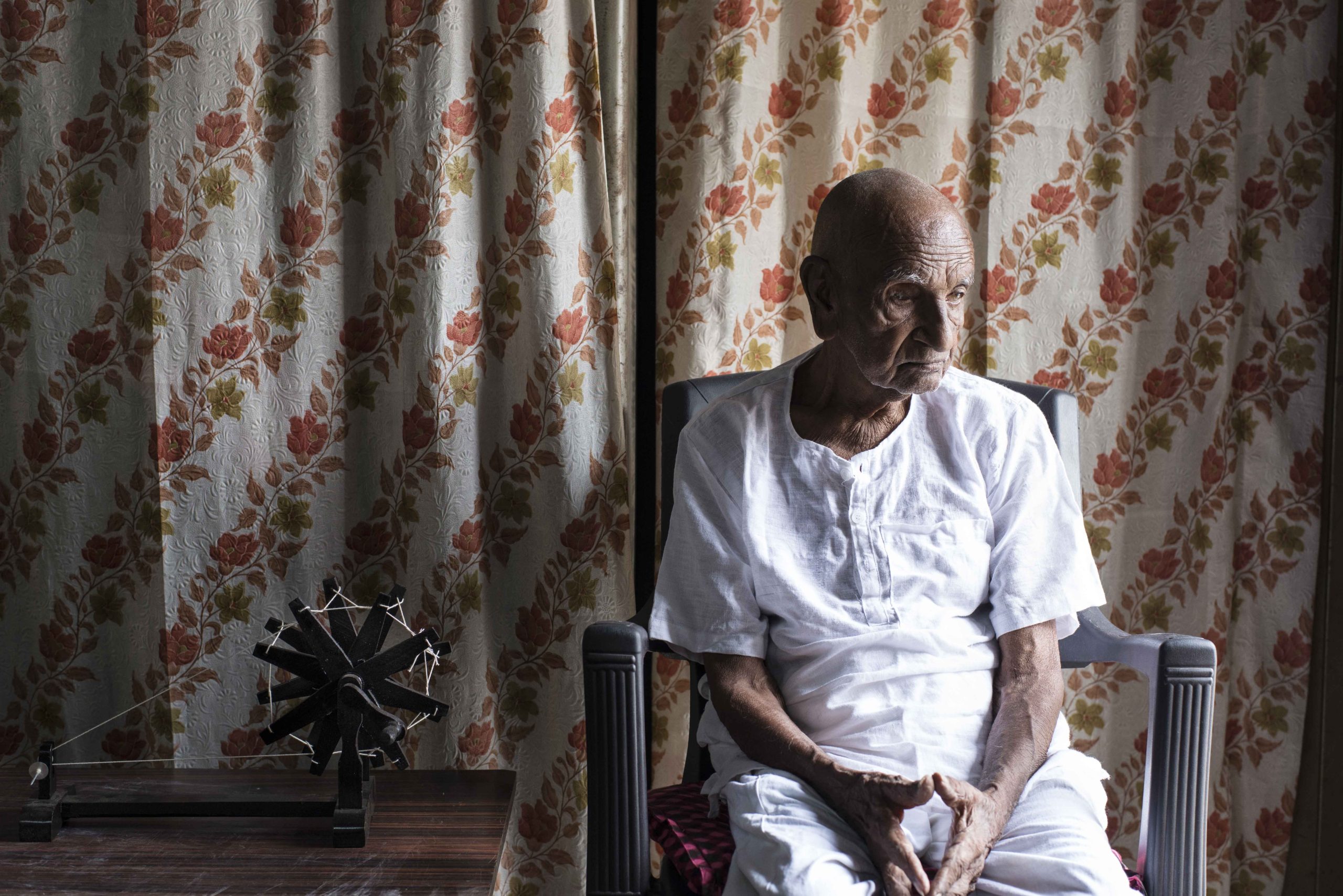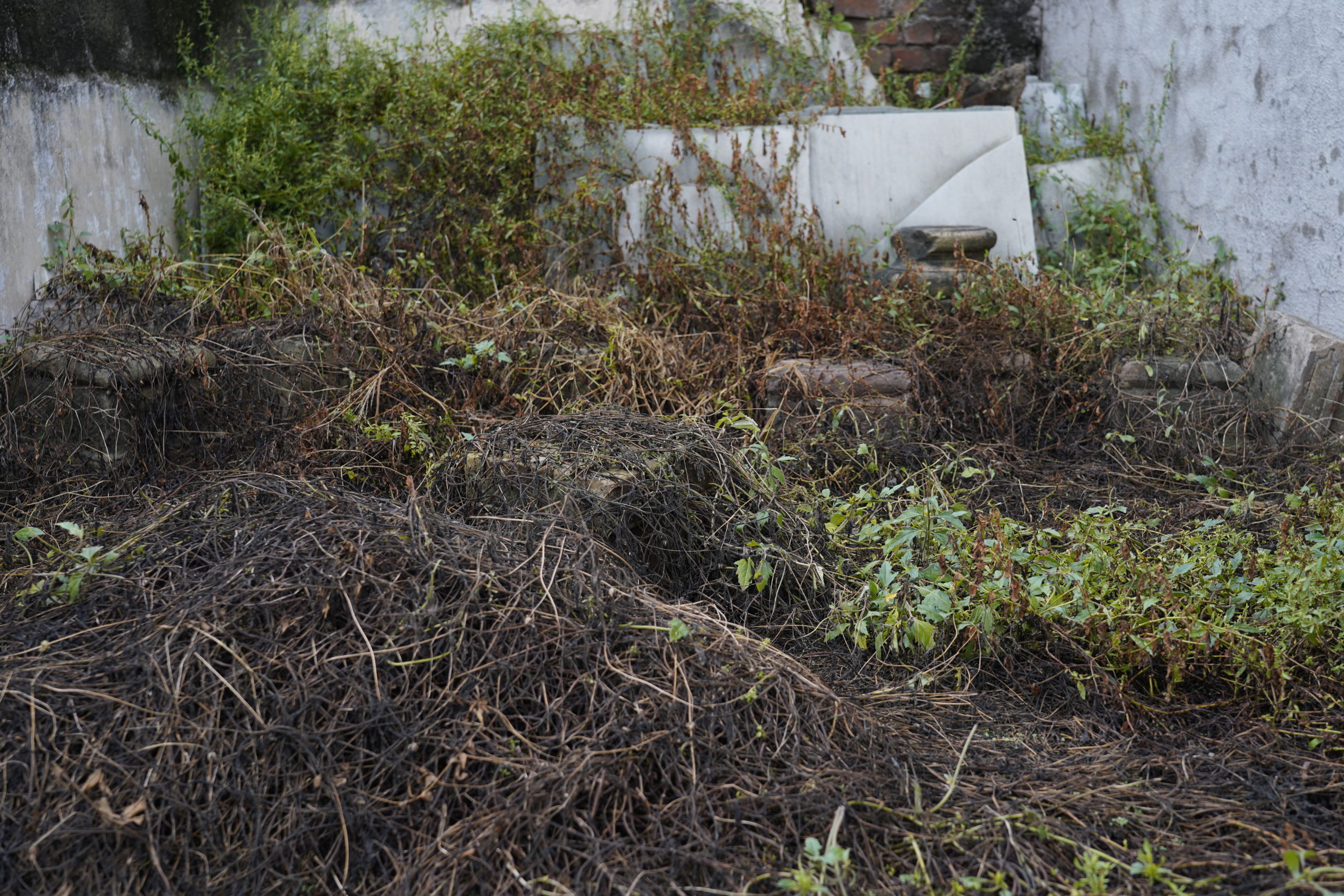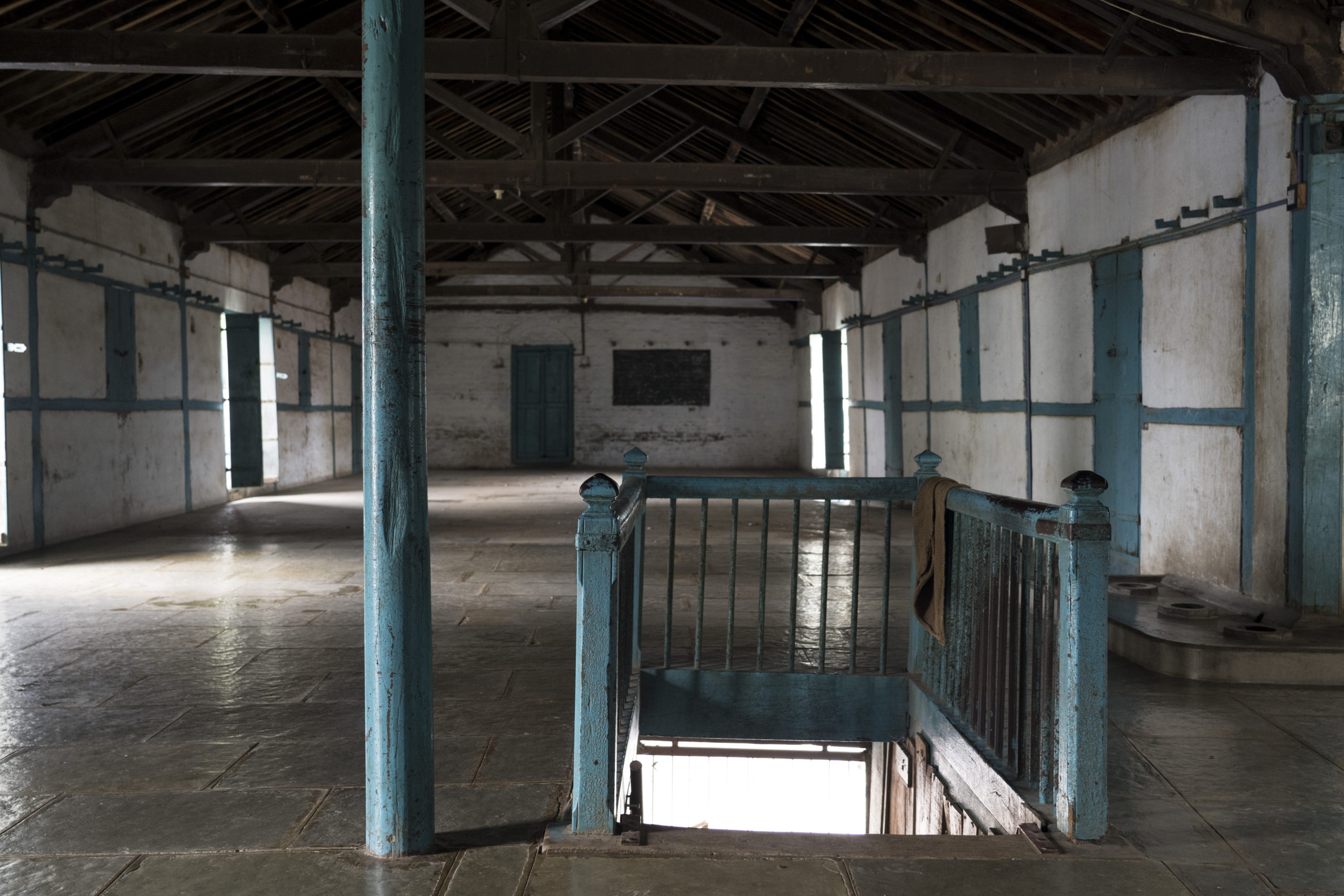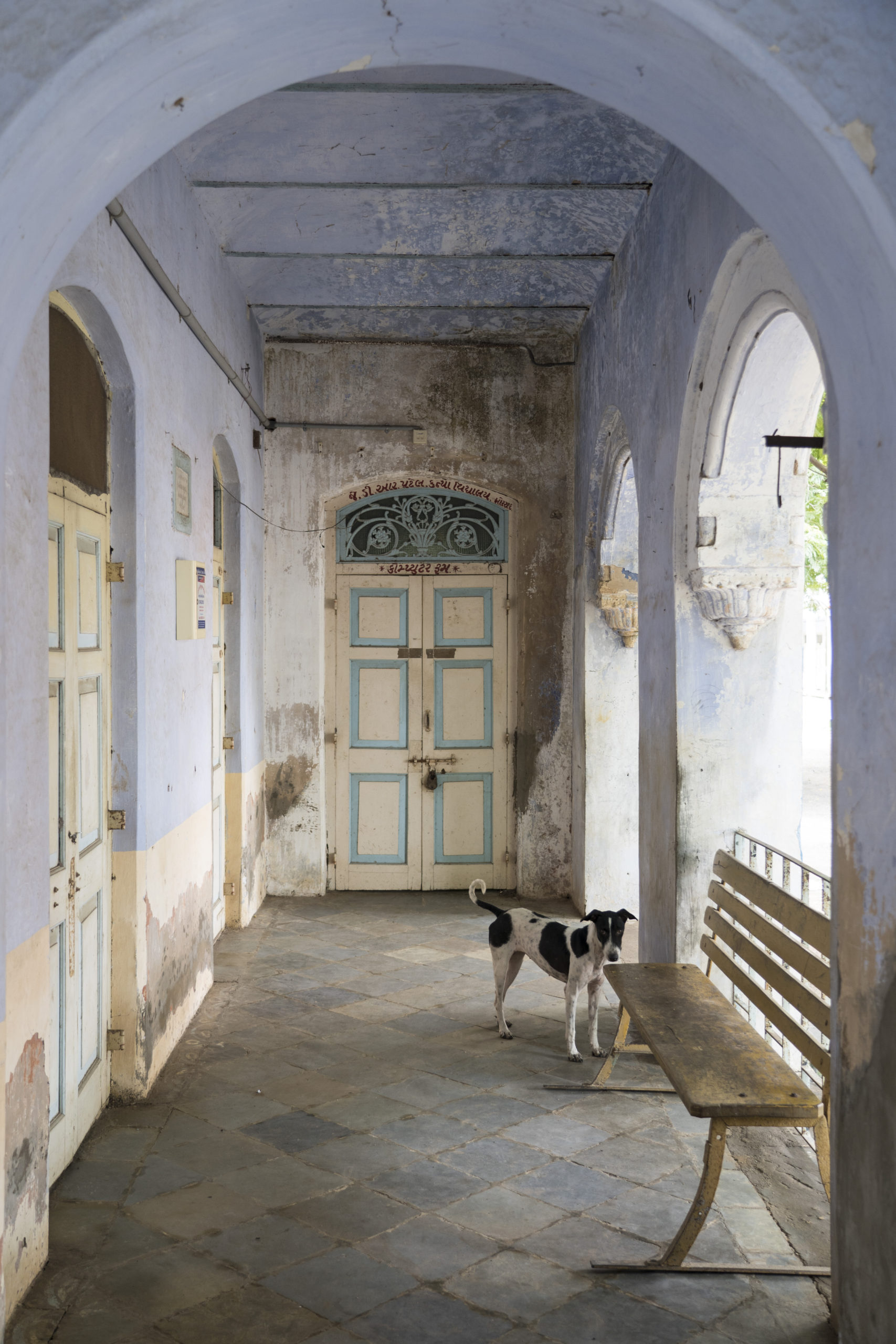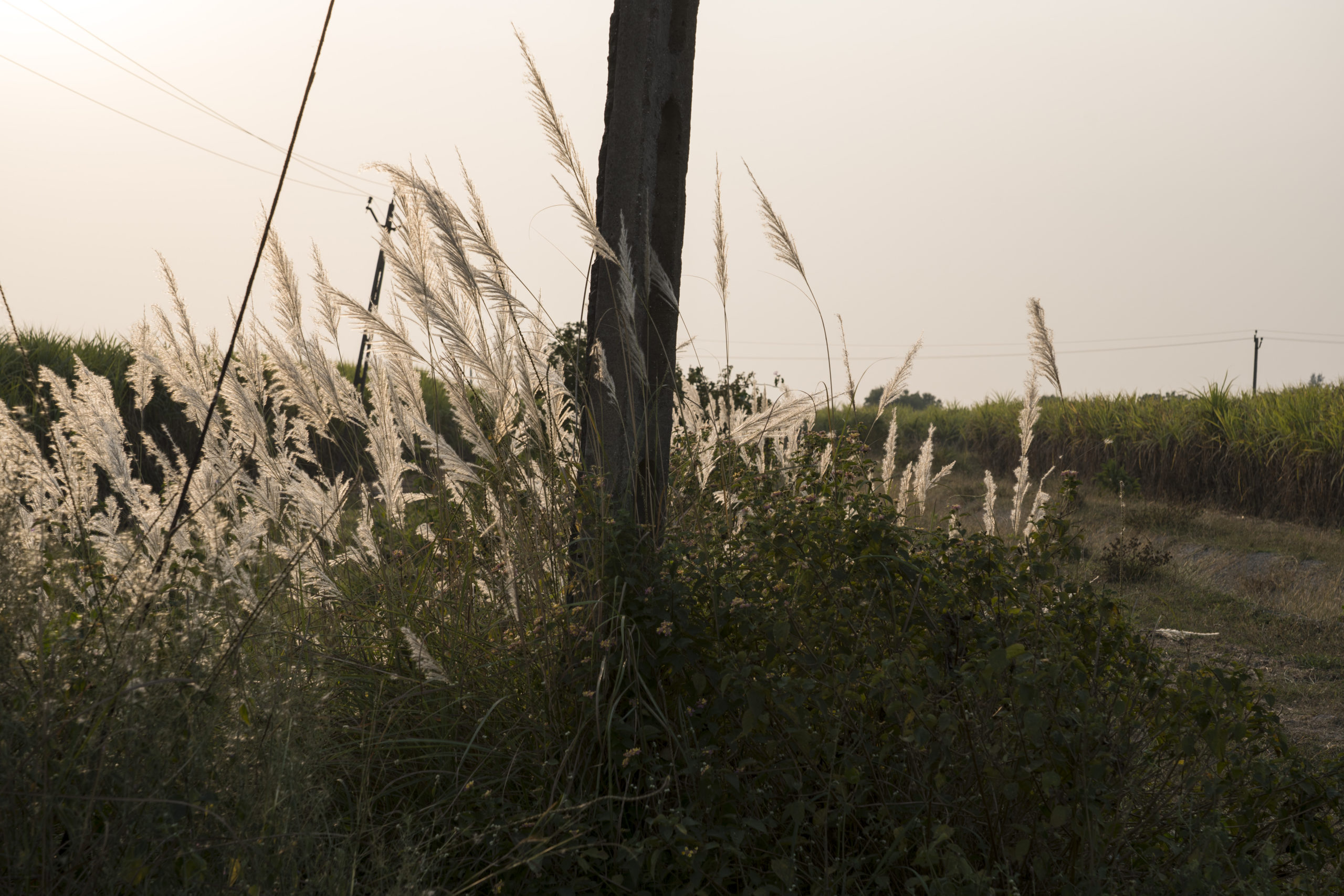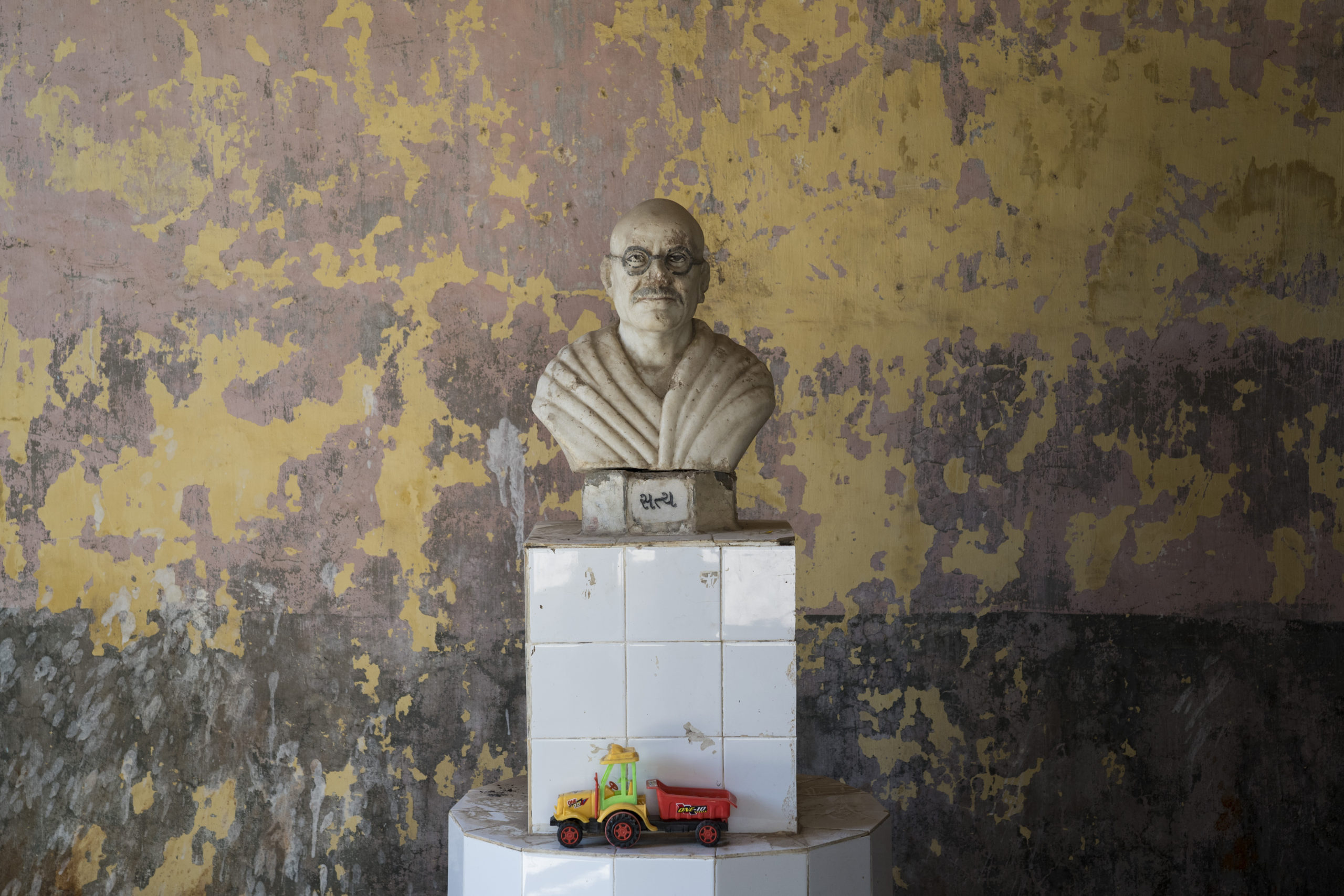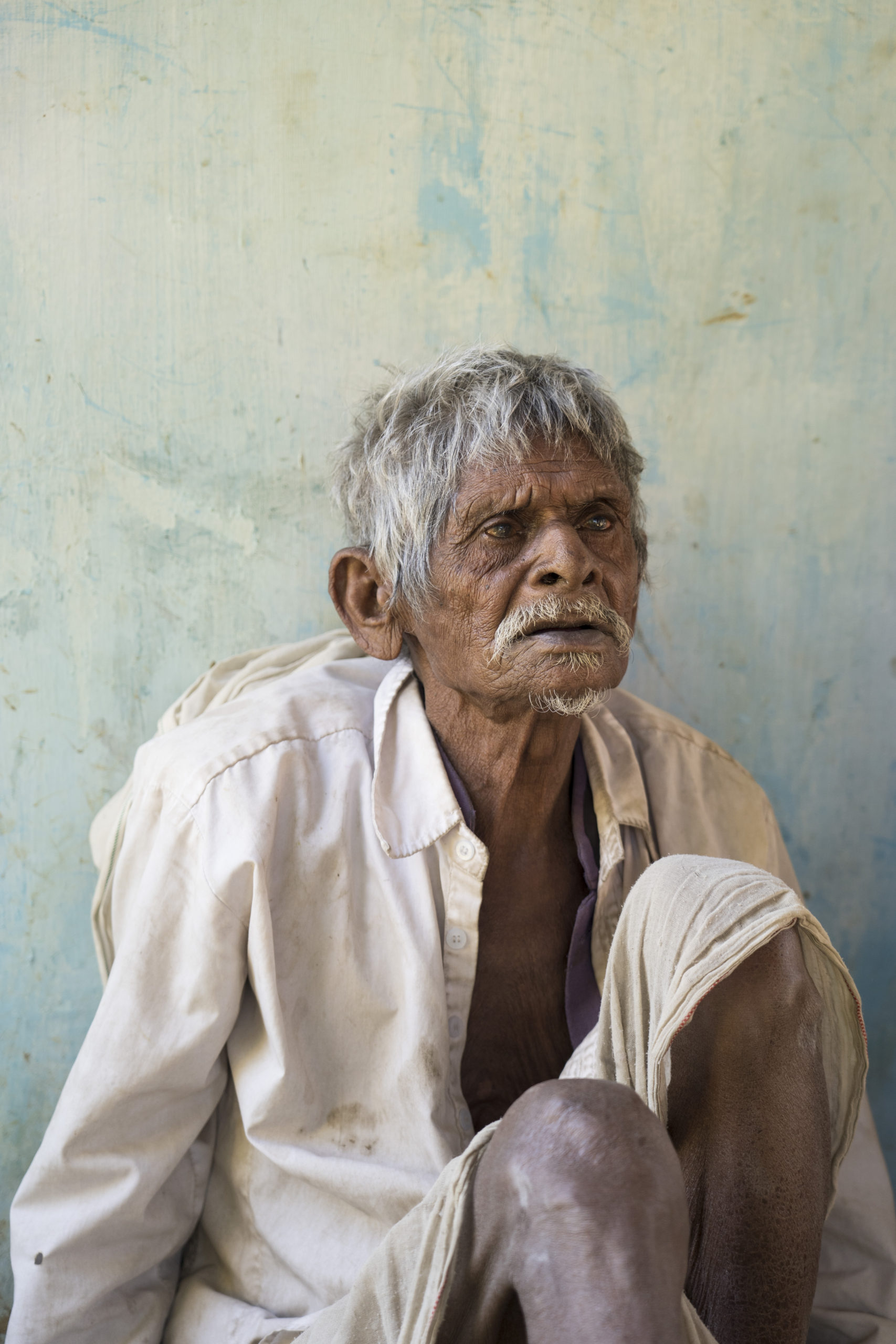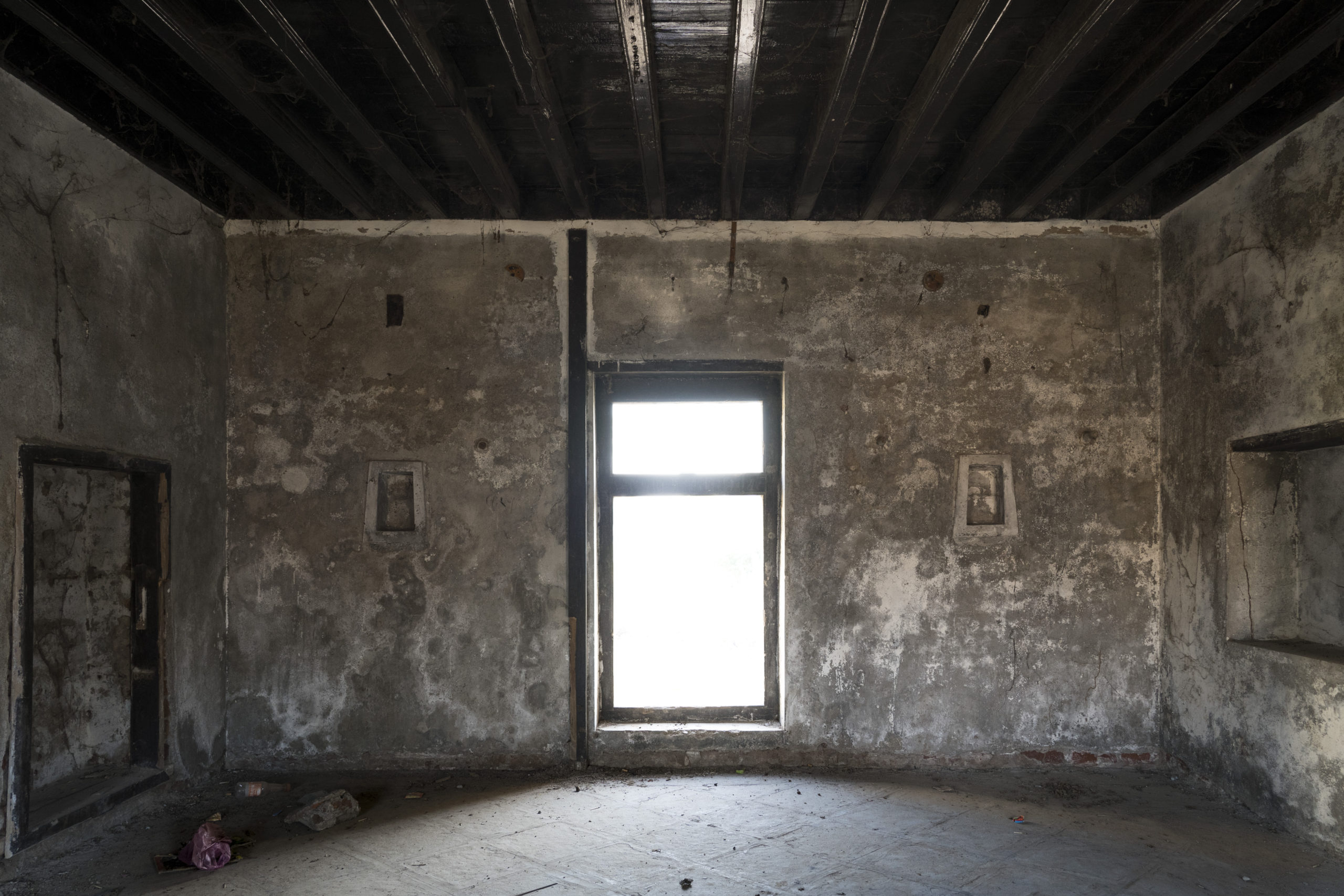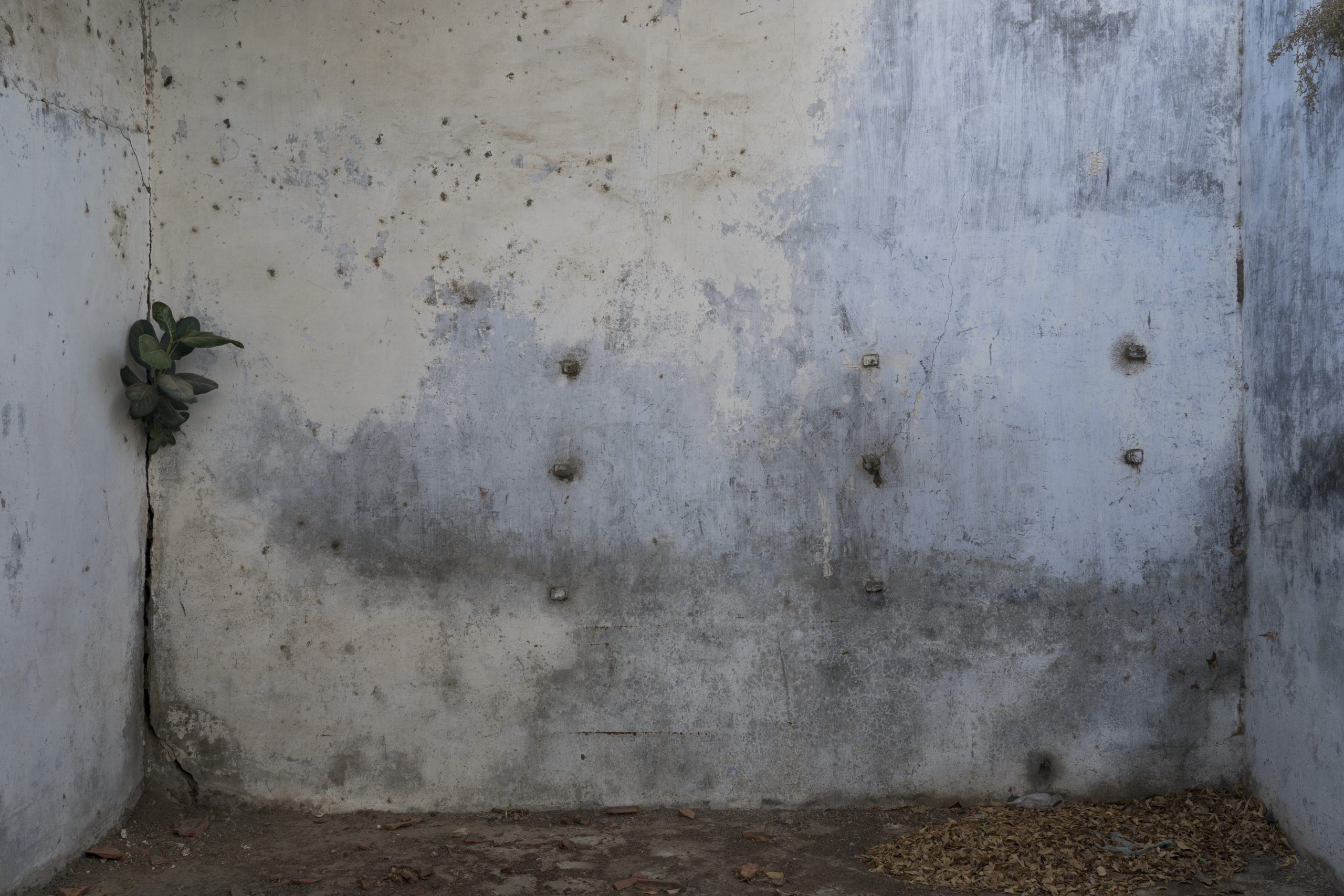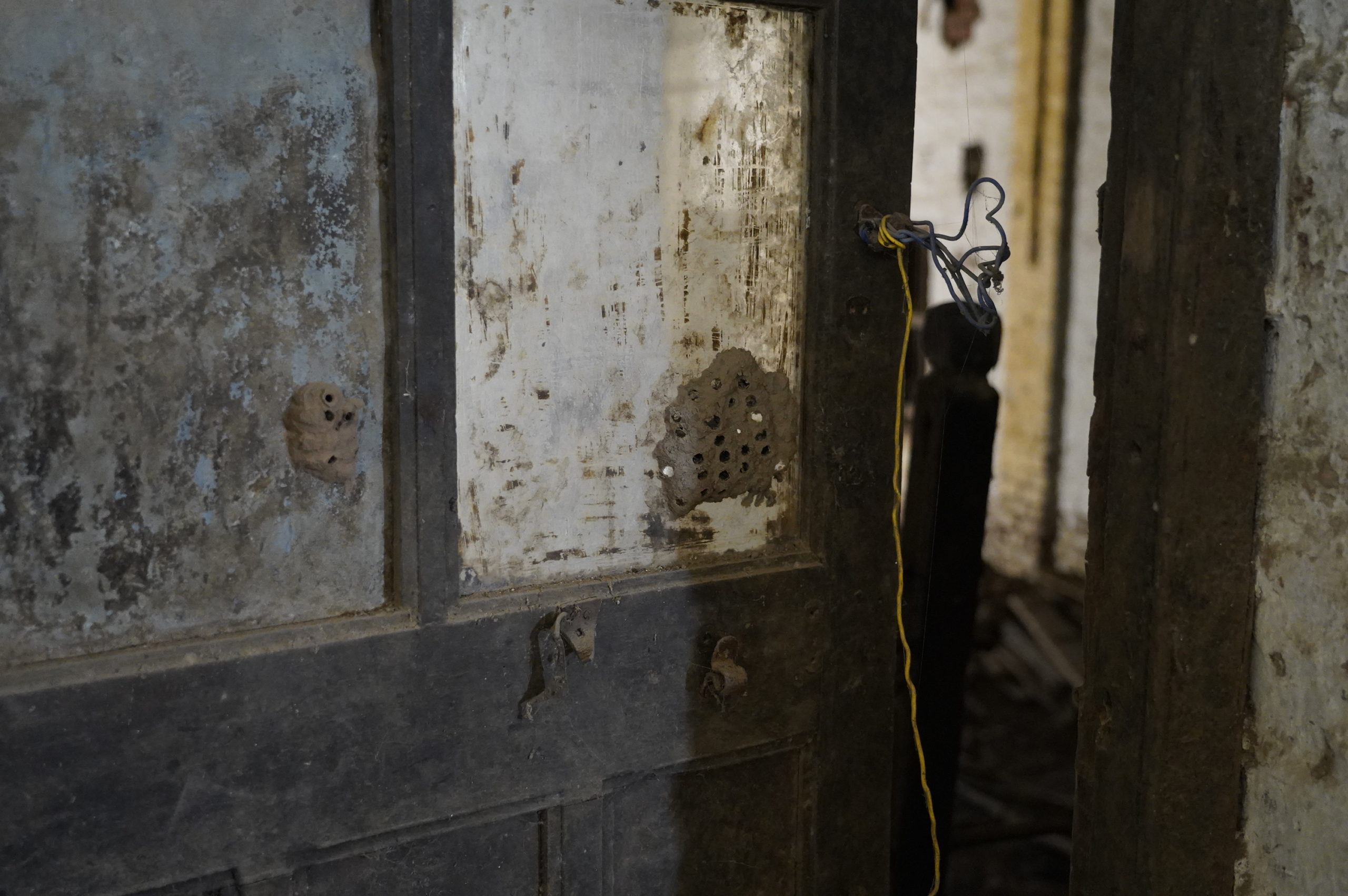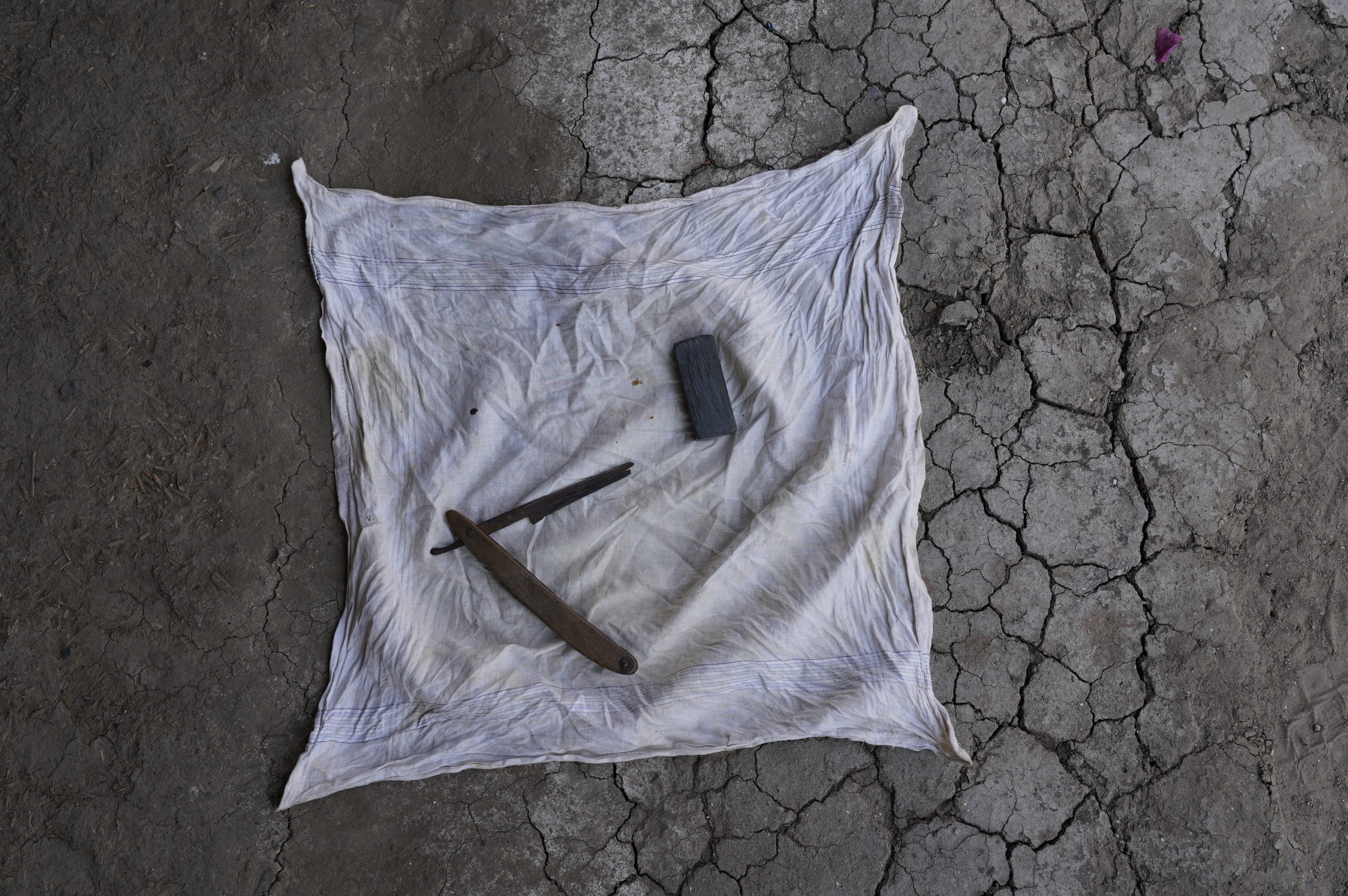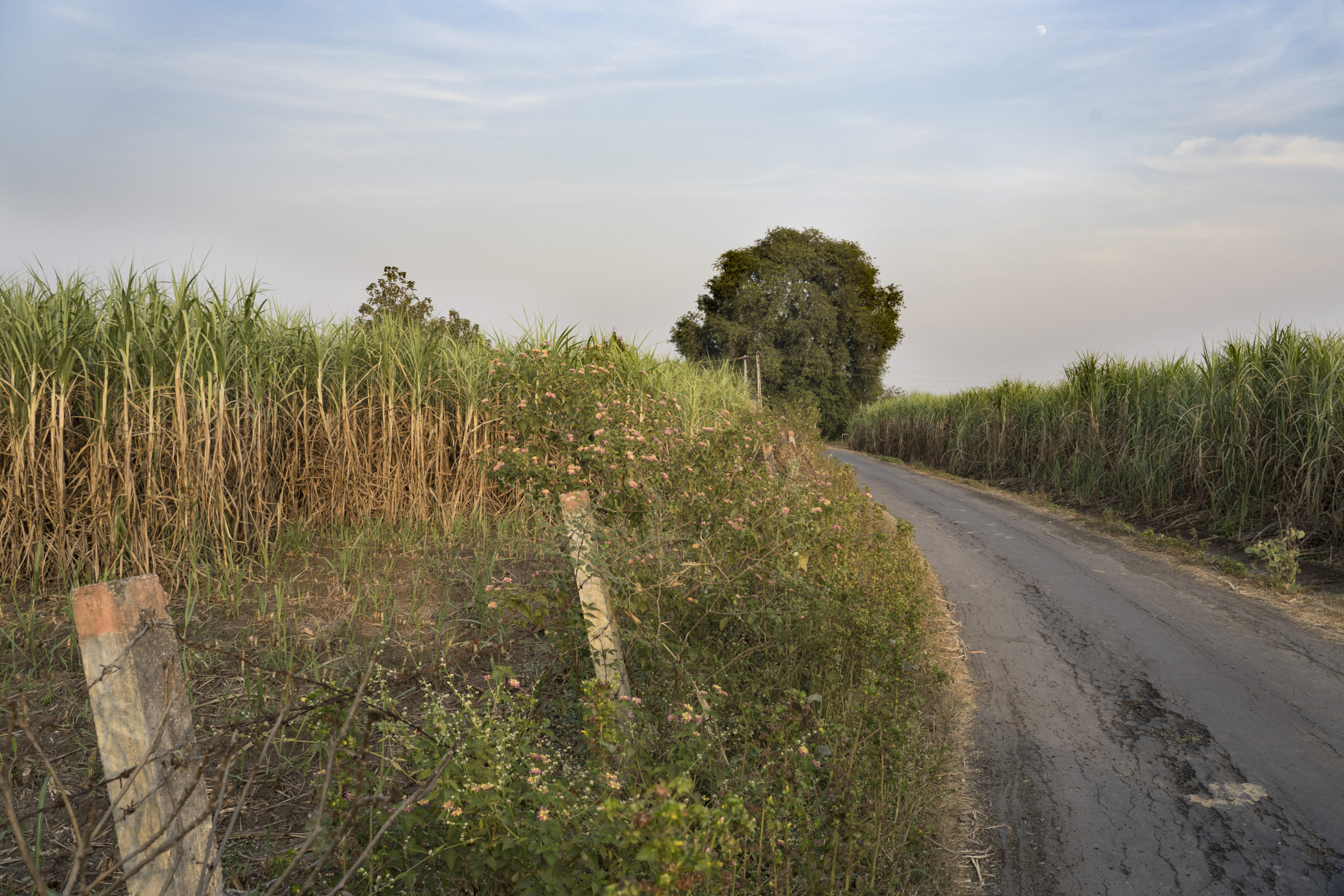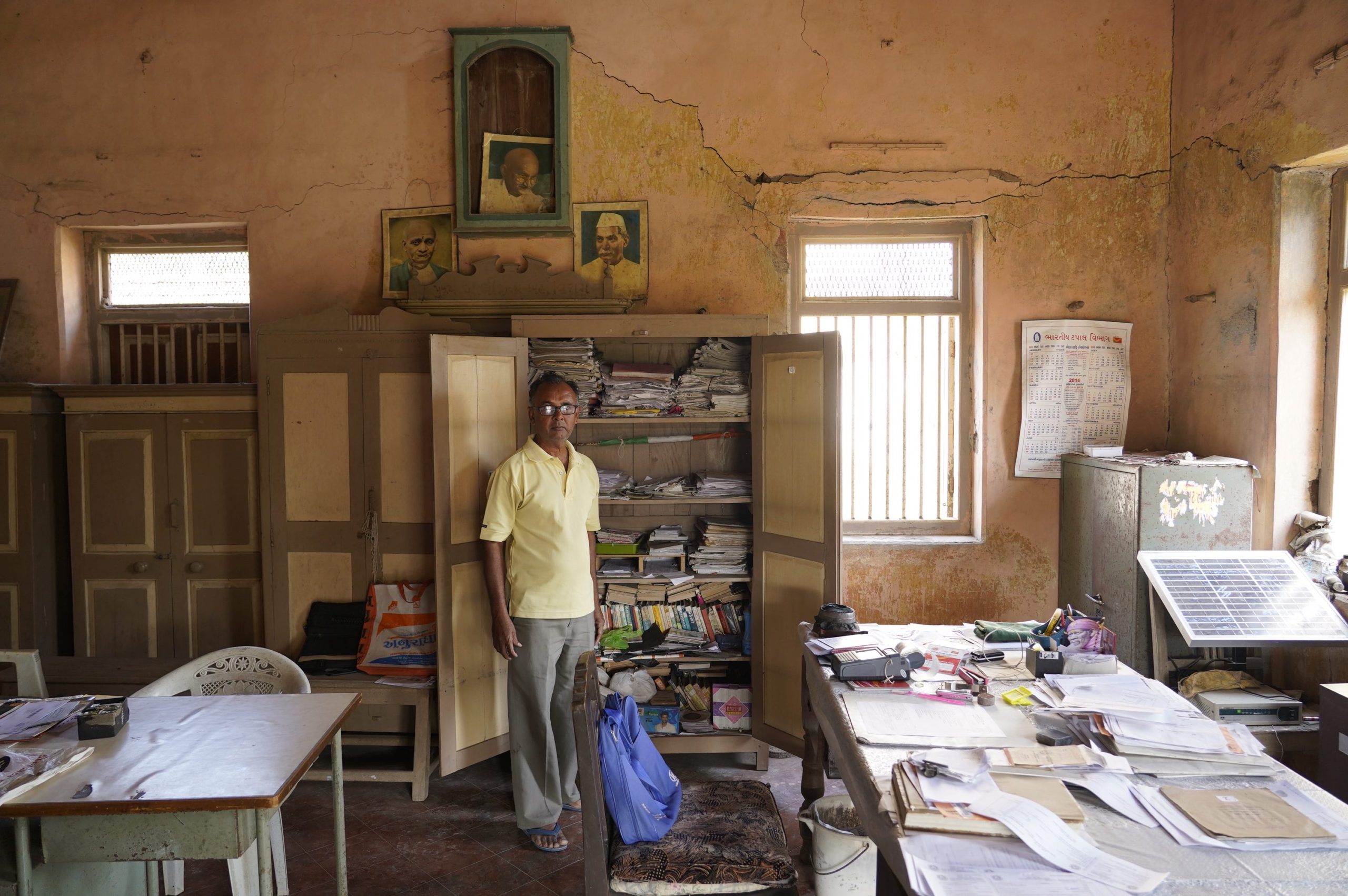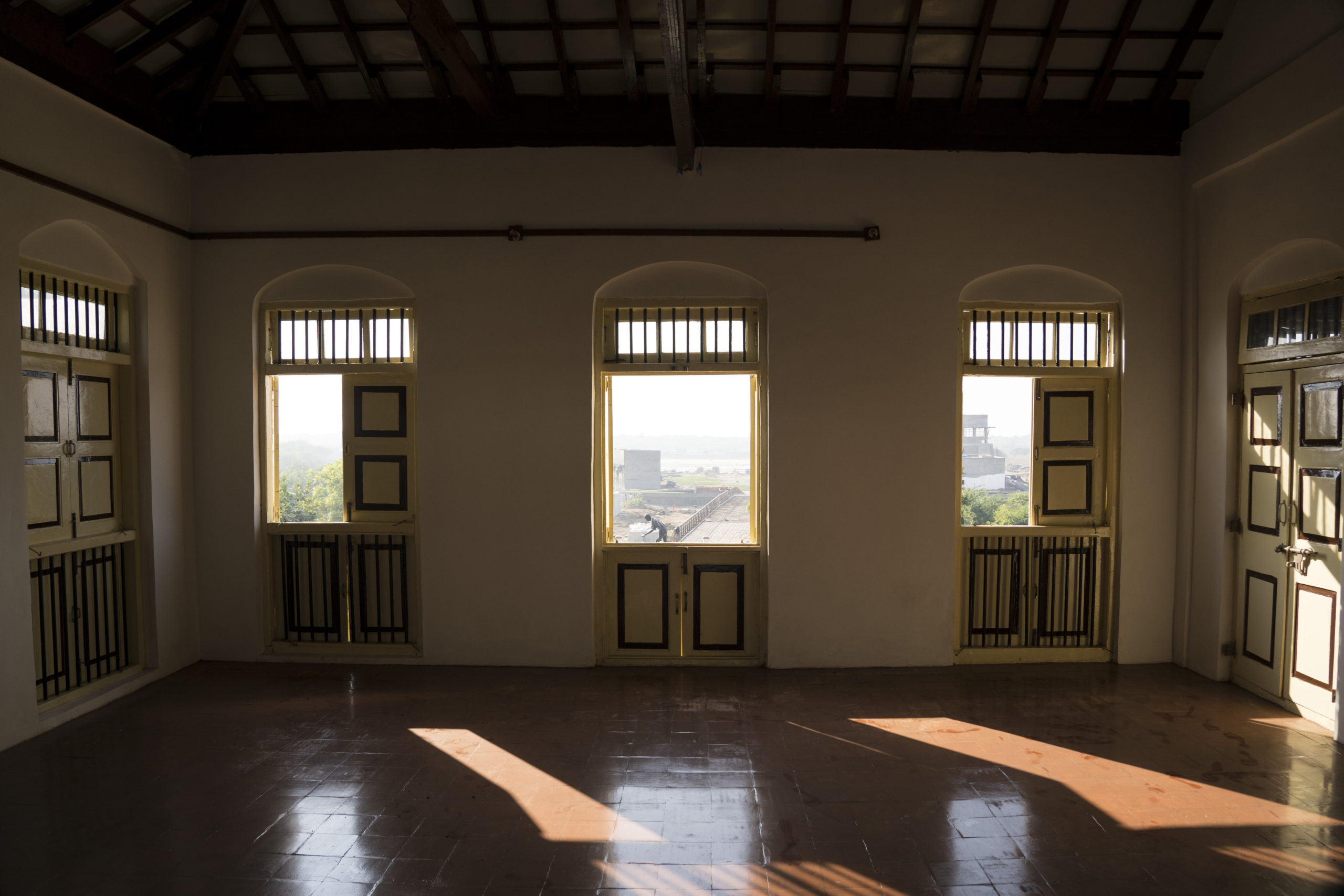23 GRAMS OF SALT
The Salt March, conceived and led by Mohandas K. Gandhi, is regarded as one of the defining movements in the history of the Indian independence struggle. On the 12th of March 1930, it commenced from the Sabarmati Ashram in Ahmedabad, and traversing more than 240 miles through the heart of South Gujarat it concluded at the small coastal village of Dandi. For Gandhi the march was also a means to propagate social reforms, and perhaps he saw it as another challenge to explore his spiritual beliefs. In the words of the eminent Gandhian scholar Thomas Weber, ‘the March and the following civil disobedience movement are among the most significant events in modern Indian political history and they possibly also represented the greatest nonviolent battle led by history’s greatest nonviolence campaigner.’
Over 90 years have passed since, and one wonders where are the villages through which the march passed? In what state are the sites where the satyagrahis rested? Are there any living witnesses? 23 Grams of Salt is a visual journey, spread across more than 80 villages through which the march passed. It identifies and documents the actual sites, routes, villages, its people and the landscapes of the places, as they exist today.
On the 90th anniversary of the event, Navajivan Trust, Ahmedabad, publishes a photobook, with more than 250 photographs of the series. The accompanying text – both experiential and historical – is co authored by the photographer Anuj Ambalal with Rijuta Mehta.
The book 23 Grams of Salt: Retracing Gandhi’s March to Dandi is in remembrance of this historic march that was conceived and led by a very unique man.
Authors: Anuj Ambalal & Rijuta Mehta
Photograph: Anuj Ambalal
Publisher: Navajivan Trust
Pages 420
This journey, retracing the steps of the Mahatma and those who walked with him ninety years ago to break the draconian Salt Law, scours through what the winds of time has left behind. It attempts to recover, rebuild stories lost in the dusty doorways leading through mud-ways and paved pathways, dried up reservoirs and river-ways, maidans with or without the luxurious canopies of banyan trees where the marchers had tread or rested and where Gandhiji addressed the local populace. It is a forgotten hinterland barely traversed since, but Anuj Ambalal’s penetrating lens uncovers it all, peeling walls of amnesia layer by layer. And indeed each of these has a story to tell. Not only the tales of the indefatigable marchers but also of the people who stood steadfastly by the questing soul who led them. Charged with the spirit of the marchers as though joining them, these images have turned many a site into visions of searing clarity: no matter that they represent the pristine world of nature or the most mundane spectacle of urban existence.
Gulammohammed Sheikh
August 23, 2020
In its unexpected meshing of historical account and visual essay, Anuj Ambalal has created a marvellous book.
On one level, as he says: ”This is what the marchers would see if they set off on the same journey today.”
Yet his images are consistently “beautiful”- very aestheticized, very stilled, very silent.
And cumulatively, without any blatant message, what is conjured is a journey through Gujarat like the protagonist of Gogol’s Dead Souls, he encounters many buildings that ”look like an invalid on his last legs”- a world where very little has happened since Gandhi passed through; only a further peeling of walls and doors!
Gandhi’s life was emblematic, not only of national liberation, but a radical quest to awaken from what Anuj Ambalal has called “the disease of India”.
With great sensitivity, subtly and self effacingly, the photographer documents decay and desolation, yet somehow conveys that a radical cure is still possible.
I think it is a book many will want to own.
Timothy Hyman
London , September 2020






